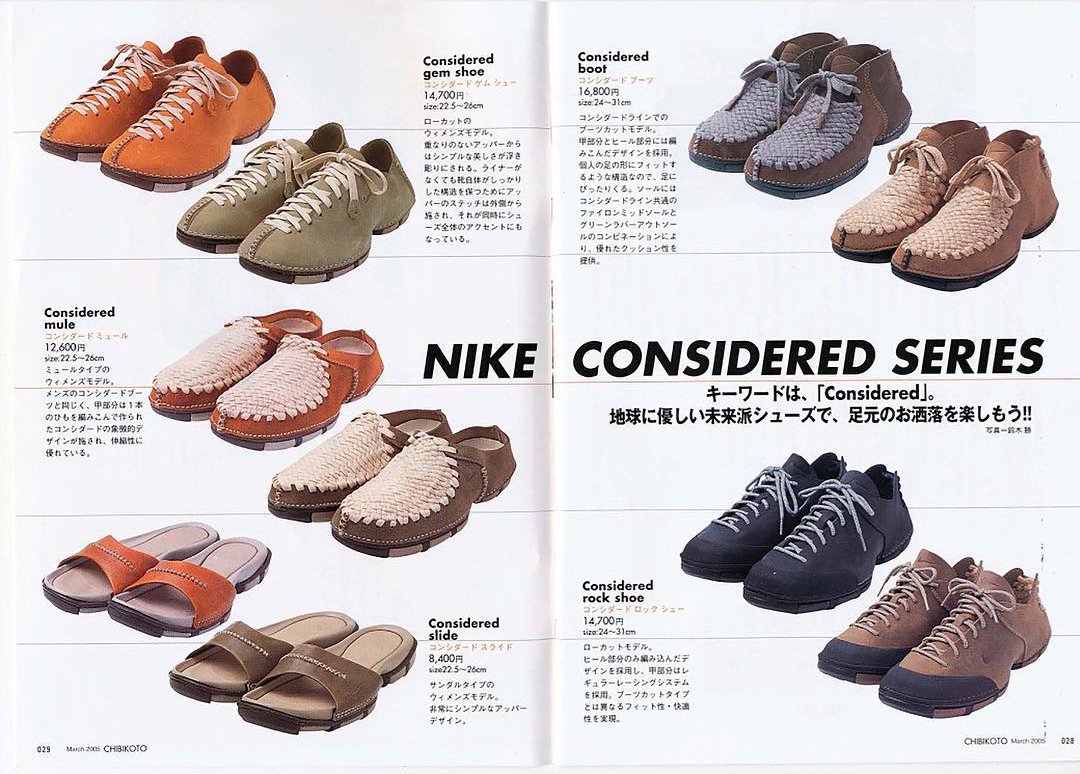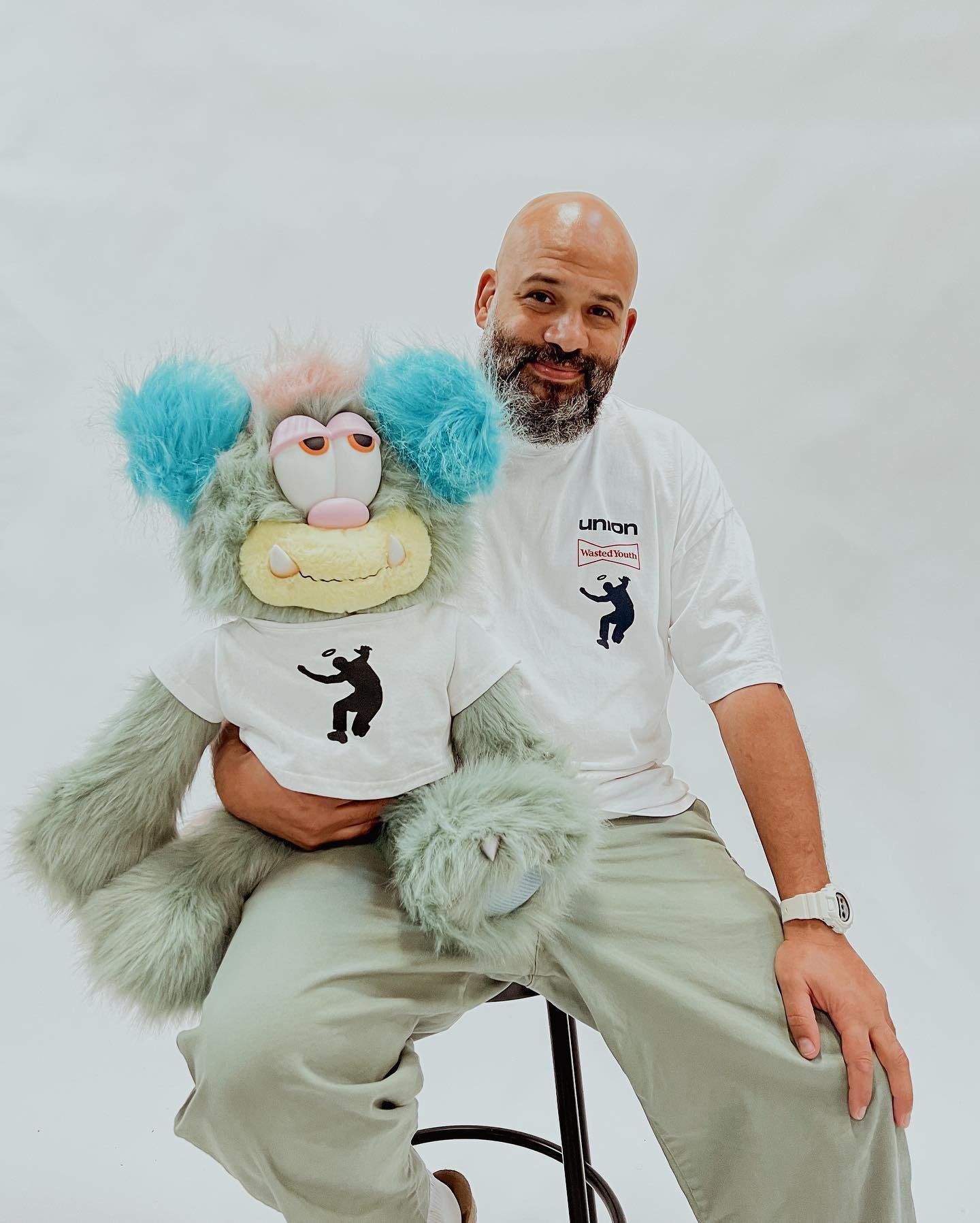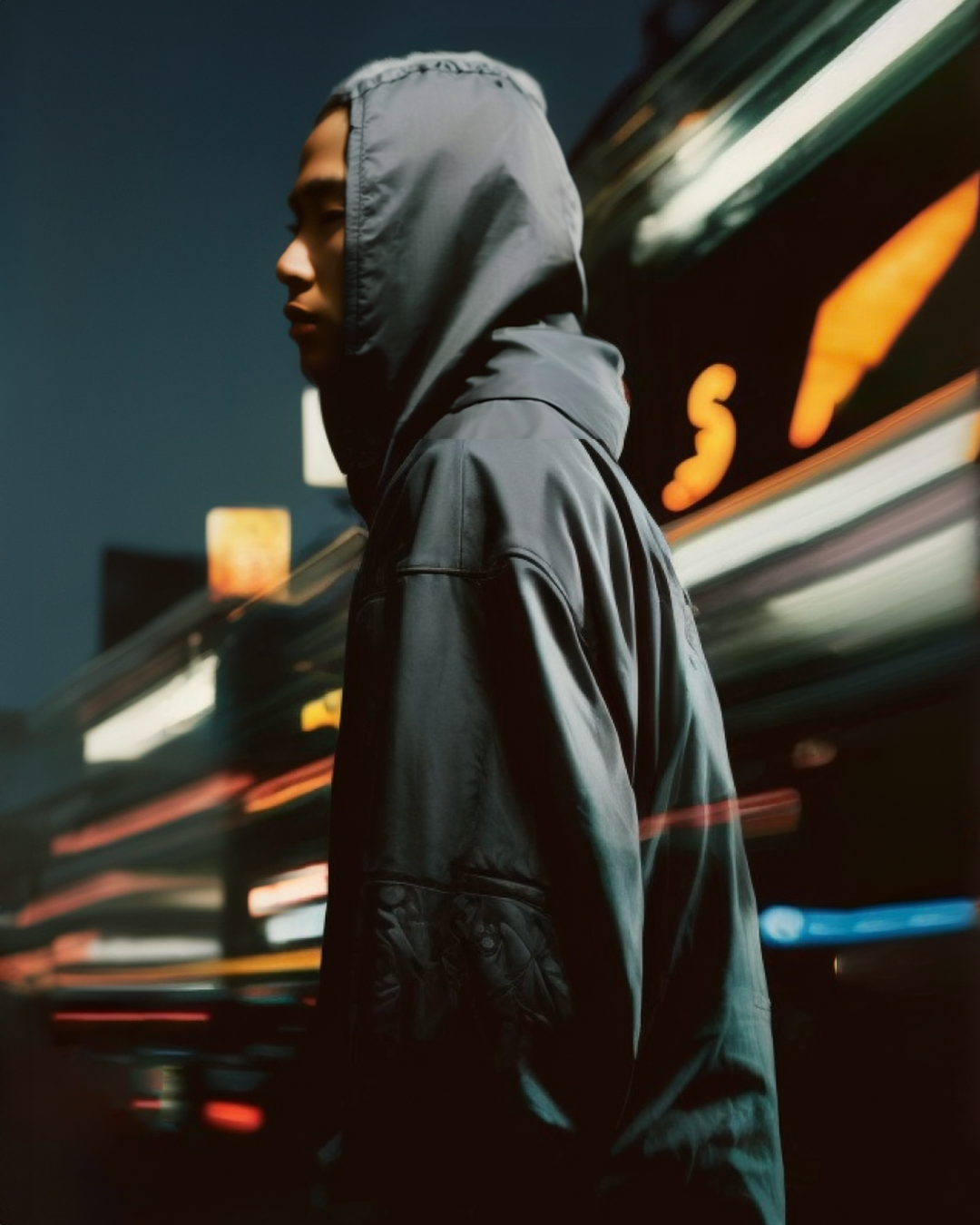Comeback of a hidden gem: Exploring the Japanese origins of the New Balance 580

New Balance is undeniably one of the dominating forces of recent years in the sneaker industry. From their stellar JJJJound collaborations to the Protection Pack series, their chunky ‘dad’ shoes have been stomping on the competition. Although once perceived as an underdog to the likes of Nike and adidas, they have now most certainly separated themselves and reside in their own universe entirely.
We teamed up with German-based lifestyle and fashion destination asphaltgold to celebrate the re-release of the New Balance MT580 OG through a Tokyo editorial that puts a modern spin on the “City Boy” aesthetic. Head over to the asphaltgold online shop to explore more.
Although having seen a mass resurgence in recent years, New Balance’s rich history in fact runs deep in the sneaker industry. Founded in 1906, they are truly one of the originals and ever since have been producing some of the most well-made sneakers both aesthetically and functionally. One of which is none other than the 580, a sneaker drenched in history within Tokyo streetwear and soon to be relaunched in its original colourway.
You may or may not be familiar with this iconic silhouette's story. Not as hyped as the likes of the 990 and its many iterations, instead the 580 is a humble legend. To celebrate its relaunch, we’ve teamed up with German sneaker store, asphaltgold, to shoot an editorial which pays homage to its origin in the Tokyo streetwear scene and dive deep into its story which helped birth sneaker collaborations entirely.
As we mentioned, it all started in Japan. Japan has long taken inspiration from the Americana style, and since the cross-pollination of style into the Japanese youth due to World War II, the Japanese would embrace the ‘Made in USA’ tag like no other. Respectively, this also allowed New Balance to flourish in the east, and until the 90s New Balance would continue to be a serious player regardless of having mixed responses from some of its releases. As they shifted their production to Asia, this also meant that exclusivity for this region would also start to emerge capitalising on the market.
Although worth the expense, New Balance is infamously known for its higher-than-average retail price, and this made it harder for people to buy into the brand. So, when tackling a market of style-savvy kids in Japan who hunt for vintage steals, this meant that Japanese exclusives needed to be priced significantly lower than their US counterparts. Due to supply chain reasons, this was possible, although still the retail price was considerably higher than most competitors. Although being produced in Asia allowed for greater ease to buy into the brand, New Balance was still fairly inaccessible for the average consumer. It would be around this time when the 580s would be introduced.
In 1996, the 580s, the Japanese exclusive iteration of the Made in USA 585’s, would be one of the models which polarised the market when it was initially released. With a bold design, featuring a chunky upper that contrasted greatly with the usual slimline runner-like models people were used to seeing, it was a love-hate relationship in Japan. Regardless of its ‘rollbar’ carbon fibre midsole which arguably offered some of the best traction at the current time, the 580 started to look destined to fade away as swiftly as it emerged. But this was not the end for the brawny sneaker.
Although not as well received as hoped on the initial release, the 580 did receive appraisal from the more outlandish Harajuku youth with its striking aesthetic. However, due to its still higher than usual retail despite a lesser cost than the Made in USA versions, it was still an investment to purchase these modern icons - that was until they hit sales. Once the unsold pairs were marked down, the style-hungry streetwear enthusiasts would get their hands on them and in small circles in Tokyo the 580s would simmer with popularity. Although never reaching roaring success, the model would start to gather a small but concentrated following, and the Urahara style-junkies would start to catalyse the sneaker's legacy.
The 580s next chapter will be hard to believe in today’s market. Imagine a time before collaborations; when our 2 favourite brands wouldn’t come together and drop a sneaker which sells out in seconds and resell for double the price. That was the reality in the late 90s when collaborations were very far and few in-between and we only would see this very rarely when a store would produce an SMU [Special Make Up] sold exclusively at their locations. Even then, the possibilities would be very limited, maybe only consisting of a new colourway which would be out of the hands of the stores.
All this changed in 1999 when New Balance Japan developed a partnership with Mita Sneakers, a retailer based in Ueno, and Real MadHECTIC, a Tokyo streetwear label. A collaboration was proposed, and much to New Balances' surprise, the chosen model from the Tokyo brands would be the 580. Having personally donned the chunky shoe, they wanted to give it a new lease of life in a collaboration. Little did they know, this new lease of life would be the start of a legacy for the shoe, and collaboration culture as we know it.
The collaboration would be a huge success, setting the president for future collaborations making the 580 soar in popularity in Japan. Exploding in demand, Mita and MadHECTIC would continue to collaborate with New Balance over the next decade, as well as Stüssy who also played a huge part in the 580s now immense stature.
The 580 would remain a Japan exclusive for many years, and the only way of getting your hands on these would be to visit Japan and go in-store to cop [again, a concept hard to imagine today]. This made the model elusive and desired, and Japanese exclusives in general became ‘the’ shoes to hunt down. It wasn’t until 2007 when New Balance finally gave the masses what they wanted when they launched the 580s to the US market. Proceeding this, the 580 would become the go-to symbiote for co-branded retailer collaborations, being the canvas for the likes of Packer Shoes, Shoe Gallery, and Capsule NYC.
As the years went on, the 580 has seen multiple makeovers and evolutions. In 2013, the MRT580 would be released, introducing a new REVLITE midsole foam that helped to slim down the model for the new generation. Although slimmed down, the model still maintained the voluminous shape that the silhouette was known for. As 2016 would roll around, the 20th anniversary would also be celebrated by giving the icon another makeover.
Since its initial release, the 580 has become a famous canvas for collaborations, especially recently. From Palace Skateboards to Stray Rats, this iconic silhouette embraces new and bold designs much like the original Harajuku streetwear kids did when the model first released. An unambiguous player in the history of sneakers, it’s with great pleasure we are seeing the 580s relaunch in all its glory and its original colourway.
From Tokyo to the world, from underdog to worldwide craze, the New Balance 580 has helped to set the foundations of sneaker collaborations moving forward. If you want to purchase a small piece of streetwear and fashion history, head to asphaltgold’s online store before it’s too late.
Words by: Joe Goodwin
Creative & Production: Bianco Bianco Tokyo
Photographer: Tsubasa Saitoh
Photographer Assistant: Akari Kuwabara
Stylist: Nils Trostmann
Model: Cheng
Special thanks to Under the Sun & Breakfast Club





